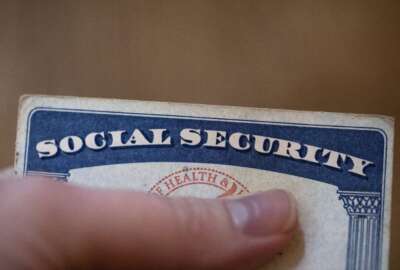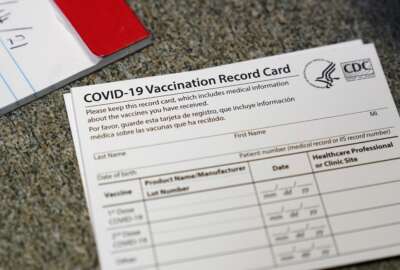Giant COLA: Mixed blessing!
A cost of living adjustment this size carries a double message. First, that inflation is back, and second, that not everybody will get the full increase. Some will...
Official confirmation that the January cost of living adjustment (COLA) for federal retirees will be 5.9% is good news. Up to a point! It is the biggest catchup-with-inflation adjustment in more than two decades. And its good news for the majority of former feds or their surviving spouses. Also for people who get Social Security benefits or are retired military.
But a COLA this size carries a double message. First, that inflation — which has been moderate for the past ten years — is back. The last big COLA for civil service retirees was 5.8% in 2012, and was part of the recovery from the Great Recession of 2008-2009. Inflation means higher gasoline prices and that translates into hikes for food, transportation, energy. In fact just about everything. Last January, retirees who got a full COLA received a 1.3% increase in their monthly annuity benefits. Before taxes, of course. The second downside to the inflation catchup program is that not everybody will get the full increase. And some will get nothing, meaning even more belt-tightening!
People retired under the federal employees retirement system (FERS), which replaced the CSRS plan in the 80s, get a diet-COLA if the rise in inflation exceeds 2%. Its good for the majority of former feds. And for people who get Social Security or military retired pay. Both groups, CSRS and FERS retirees, get the same amount if the COLA is 2% or less. But if inflation exceeds that, the FERS retirees get one percentage point less. For them, that means the January COLA will be 4.9%. Over time it can dramatically reduce the amount of money FERS retirees have to spend over a retirement that could (check your local obit page!) last as long as their working lives.
Finally, the big losers are private sector retirees. The majority of current private sector workers aren’t covered by any sort of employer-sponsored retirement plan. They, even more than FERS retirees, have to rely on Social Security and 401k plans to provide a retirement nest egg. In recent years, many employers have dropped their pension plans for new workers. And almost none provide any protection against inflation. Somebody in one of those companies who retired in 2000 on a pension of $600 would, today, still be drawing the same amount.
For the history of COLAs in the 21st century, check out this chart. It shows the long term impact of the diet-COLA feature as it impacts current and future FERS retirees:
| Year | CSRS | FERS |
| 2021 | 1.3 | 1.3 |
| 2020 | 1.6 | 1.6 |
| 2019 | 2.8 | 2.0 |
| 2018 | 2.0 | 2.0 |
| 2017 | 0.3 | 0.3 |
| 2016 | 0 | 0 |
| 2015 | 1.7 | 1.7 |
| 2014 | 1.5 | 1.5 |
| 2013 | 1.7 | 1.7 |
| 2012 | 3.6 | 2.6 |
| 2011 | 0 | 0 |
| 2010 | 0 | 0 |
| 2009 | 5.8 | 4.8 |
| 2008 | 2.3 | 2.0 |
| 2007 | 3.3 | 2.3 |
| 2006 | 4.1 | 3.1 |
| 2005 | 2.7 | 2.0 |
| 2004 | 2.1 | 2.0 |
| 2003 | 1.4 | 1.4 |
| 2002 | 2.6 | 2.0 |
| 2001 | 3.5 | 2.5 |
| 2000 | 2.4 | 2.0 |
Nearly Useless Factoid
By Alazar Moges
Source: Guinness World Records
Copyright © 2025 Federal News Network. All rights reserved. This website is not intended for users located within the European Economic Area.
Mike Causey is senior correspondent for Federal News Network and writes his daily Federal Report column on federal employees’ pay, benefits and retirement.
Follow @mcauseyWFED






